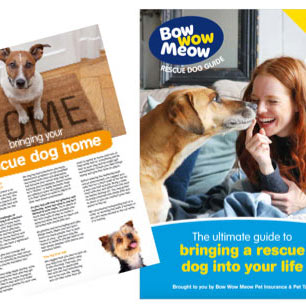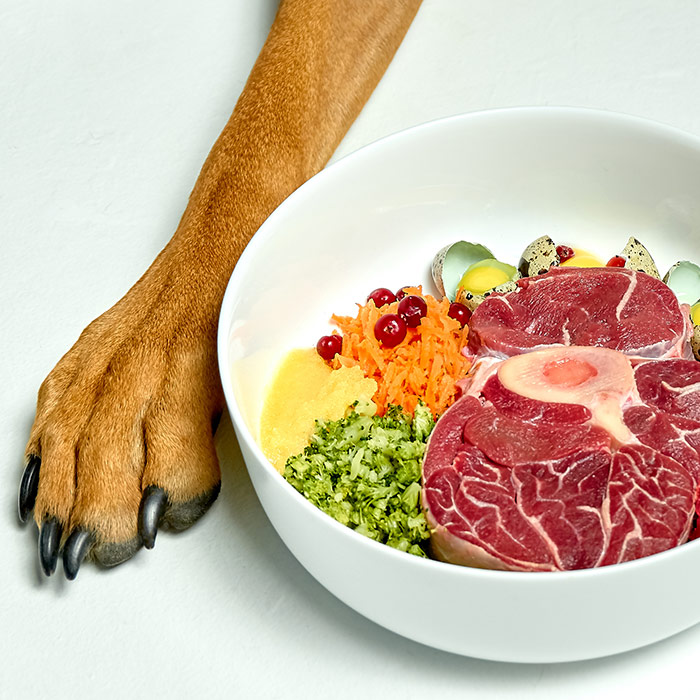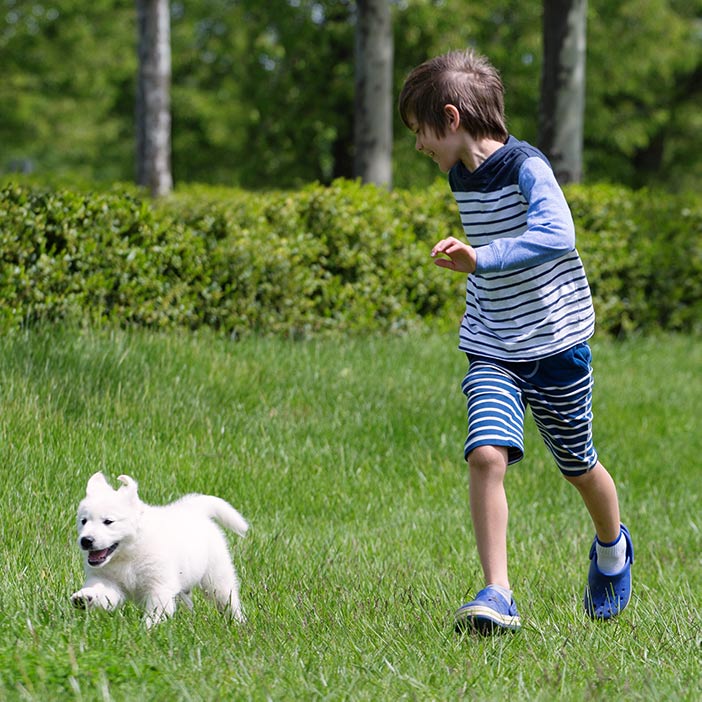Obedience Training for Dogs
Okay, so our brand new puppy is home. All the important stuff like vaccinations, micro chipping, flea and worm medications have been sorted (for now). That’s everything we’ll have to worry about for the next few years, right? Not even close.

Welcoming your new puppy home is a great experience – they’ll have a ball exploring and playing, chasing and chewing. While all that ‘puppyish’ behaviour will be cute for a while, the new pooch is going to need a bit of discipline if they’re going to grow up to be a well-behaved adult dog.
Obedience training is a great way for your young dog to start to develop good habits.
It’s important to remember that obedience training—whether you go through puppy pre-school or you do it yourself at home—is something you’ll have to tackle sooner or later. Training your dog in a classroom environment with other dogs is a great way to socialise them, teaching them to be well-mannered around other dogs and owners.
We understand that training can be a difficult time, especially if you’ve got an independent or overly stubborn breed at home. Here are a few tips to get you started – from some more basic commands right through to a couple of more advanced training techniques.
Also, if you’re a dog-training guru from way back and have any more tips for the first-time dog owner, be sure to leave a comment below.
Start them young with the basics.
Even though your puppy is young and full of beans, that energy can be better harnessed by teaching them commands. It’s best to start off with the most basic and arguably the most important commands any dog owner will use:
“Sit. Come. Stay. No. Lie down. Off.”
These commands are short and simple and your puppy will pick them up and their meaning quickly if you use a firm, consistent tone of voice and rewards.
A calm owner makes a happy dog.
You should avoid the temptation to raise your voice and these commands should never be yelled out or screamed at the dog.
Dogs who have been taught the basic obedience commands at an early age will end up living less stressful lives as a result and are far less likely to stray. Remember, dogs operate with a pack mentality and need their owners to show that you are the pack leader in the household. If this doesn’t happen, they will feel they need to fill this role themselves.
Don’t fall for the ‘they’re just too young’ myth.
Puppies are very intelligent, switched on and eager pupils, ready to learn from the moment they walk through the door. In fact, the younger they are, the faster and better they’ll learn.
It’s up to you to assert your role as pack leader by starting obedience training straight away. You can also begin by teaching your puppy the basic obedience commands through clicker training.
The essential and the just plain fun.
The whole idea of obedience training is to get your dog into good habits young. For those who want to take their dog out to dog parks and other public areas, obedience training is essential.
There are a few things that are must-knows for a ‘dog about town’. They are:
- The basic obedience commands
- Being capable of ‘heeling’ during walks
- Fetching objects and return
- Socialisation
- Housetraining
Some of the more fancy-pants tricks include:
- Catching a ball or treat on the full
- Shutting the back door
- Singing or saying “I love you”.
- Begging
- ‘Giving paw’ or ‘shaking hands’
All of these things can be achieved by first teaching the basic commands of obedience through clicker training and building on this knowledge. For example, if your clicker-trained dog is fetching a ball but not returning, click the clicker box once they have the ball and watch them gallop back to you.
Treats don’t have to be tasty.
Although rewarding your dog with a treat is a great way to get them behaving fast, simply giving them a “good boy” or “good girl” along with a nice rough pat is often just as good a substitute.
Keep a close eye on your dog’s weight while training them with the aid of treats. Some breeds are particularly susceptible to gaining weight fast and treats will be doing them no favours.
Remember, nothing says “I love you” more than a good pat. Your dog will love it and you’ll be all the more closer for it. That’s not to say the occasional treat here and there isn’t a good idea – moderation is the key.
Deal reprimands and praise in equal measure.
Many first-time dog owners will complain that reprimanding their puppy with a stern “no” or “get down” will work for a short while and in time lose its effectiveness.
Dogs that are bombarded with negative commands all the time will tend to begin ignoring them as they will have no great stand-out effect on their day-to-day existence. To avoid this from happening, be sure to also train your dog in ‘play commands’ such as fetch and calling them to come.
If the dog is reprimanded with a stern “no” when they are usually getting “good boys” or “come here girls,” then it is much more likely to have the desired effect.
Remember that whenever you decide to do a training session with your dog, be sure you’re in a patient, calm mood. Dogs are naturally very eager to please their masters and, if the day’s stress is taken out on the animal, a lot of damage can be done – both to the animal’s health and the owner-dog relationship.
If you’re finding that after trying these tips you’re still finding it tough to train your pooch, don’t hesitate to enrol your dog in a puppy preschool to get them started. Remember that obedience training doesn’t have to be a chore. This is a great way for you and your dog to meet new dogs and owners alike.






